The Emerald Ash Borer (EAB), scientifically known as Agrilus planipennis, is an invasive beetle species native to northeastern Asia. It was first detected in North America near Detroit, Michigan, in 2002. Since then, the beetle has spread rapidly across the United States, causing widespread destruction in both urban and natural ecosystems. Its vibrant metallic green hue may be deceiving; this shimmering insect is responsible for the death of tens of millions of ash trees across North America. The presence of the Emerald Ash Borer has resulted in significant economic, ecological, and social consequences, invoking efforts to understand and mitigate its impacts.
The Life Cycle and Behavior of the Emerald Ash Borer
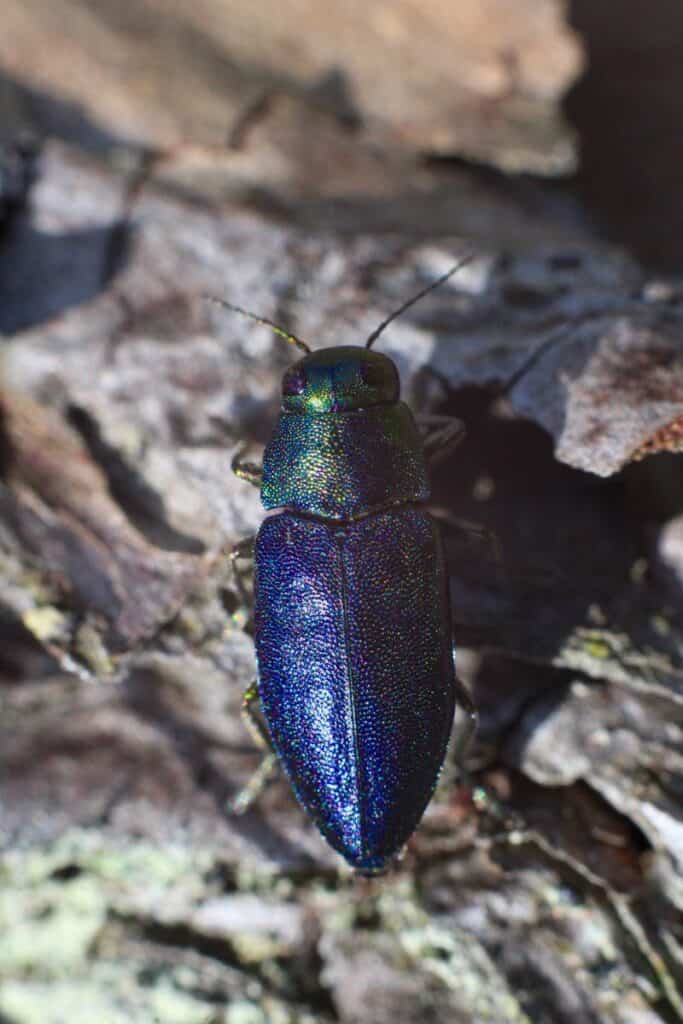
The EAB has a one-year life cycle, with adults emerging in early summer. The adult beetles are approximately 1.5 centimeters long and are active from May to September. During this period, they reproduce by laying eggs in the crevices of ash tree bark. The larvae, which are the most destructive stage of the beetle’s life cycle, hatch and bore into the inner bark of ash trees. As they feed on the phloem and outer sapwood, they effectively disrupt the tree’s nutrient and water transportation systems, leading to girdling and eventual tree death within three to four years of infestation.
Ecological Impact on Forest Ecosystems
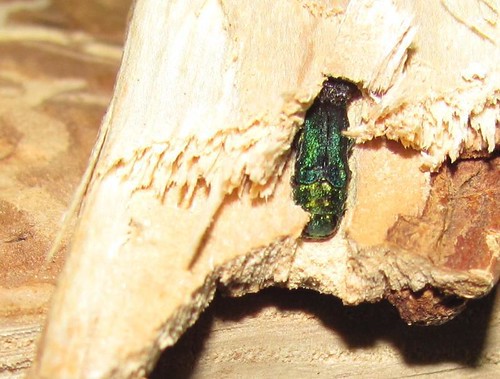
Ash trees, belonging to the genus Fraxinus, are a vital component of many North American forests. These trees play a critical role in maintaining ecological balance by providing food and habitat for a variety of species and contributing to soil stabilization and water filtration. The loss of ash trees due to EAB infestations has led to significant changes in forest composition and structure. As ash trees die, gaps form in the canopy, altering light availability and impacting understory vegetation. This change disrupts the habitats of many native species, leading to potential declines in biodiversity.
Impact on Urban Areas
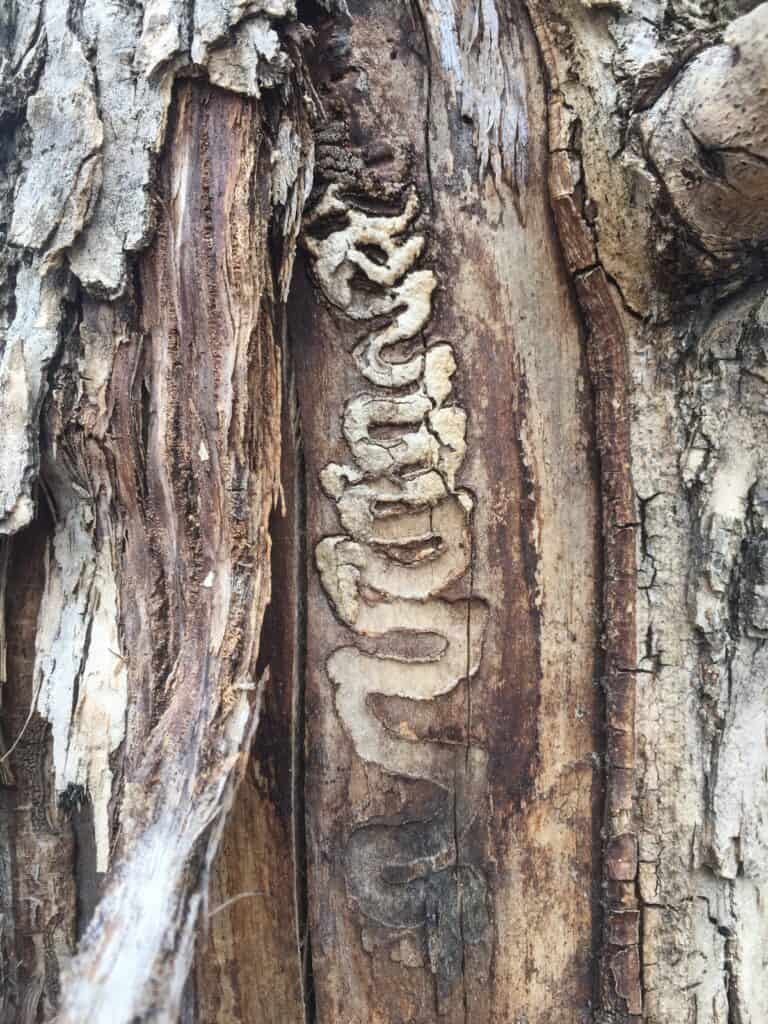
In urban areas, ash trees have been widely planted for their aesthetic value and ability to tolerate urban conditions. They provide shade, reduce the heat island effect, improve air quality, and increase property values. The EAB has devastated urban canopies, leading to increased economic costs for municipalities and homeowners tasked with removing and replacing dead or dying trees. The loss of urban ash trees also reduces the environmental benefits these trees provide, such as energy savings and carbon sequestration.
Economic Consequences
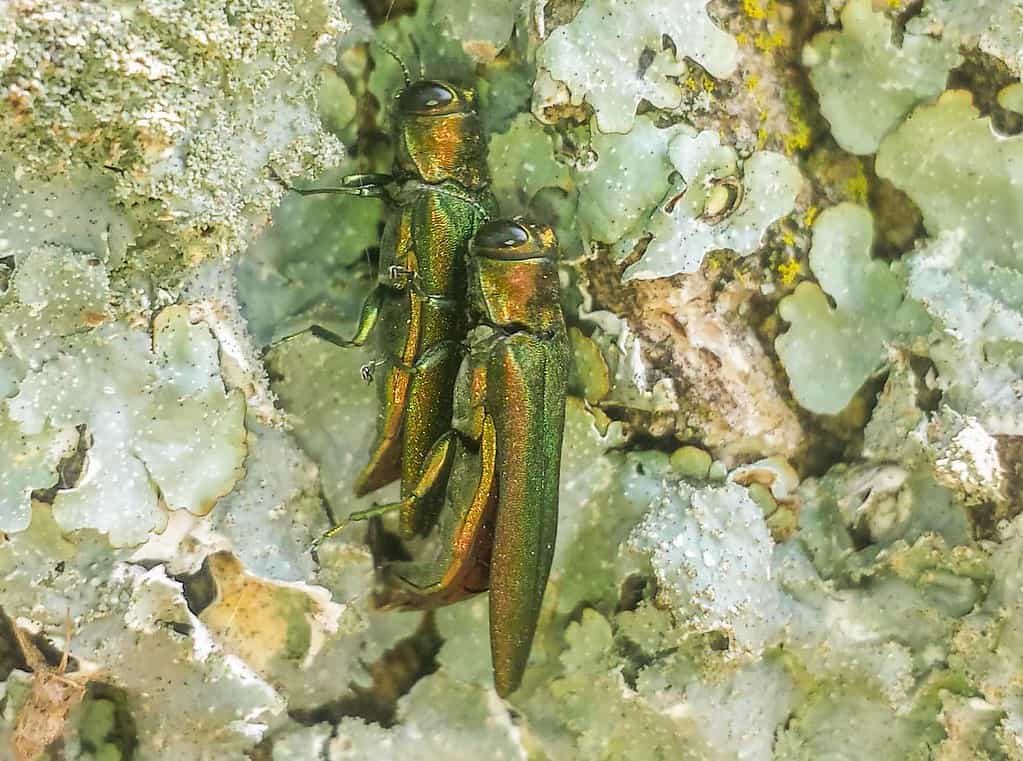
The economic impact of the Emerald Ash Borer in the United States is substantial. The cost of managing infestations, which includes detection, treatment, removal of dead trees, and replanting, places a heavy financial burden on municipalities, property owners, and industries reliant on ash wood, such as the lumber and nursery sectors. It is estimated that the cumulative economic impact could reach billions of dollars. Additionally, the loss of ash trees affects recreational areas and tourism, especially in forests known for their hiking and camping appeal.
Control and Mitigation Efforts
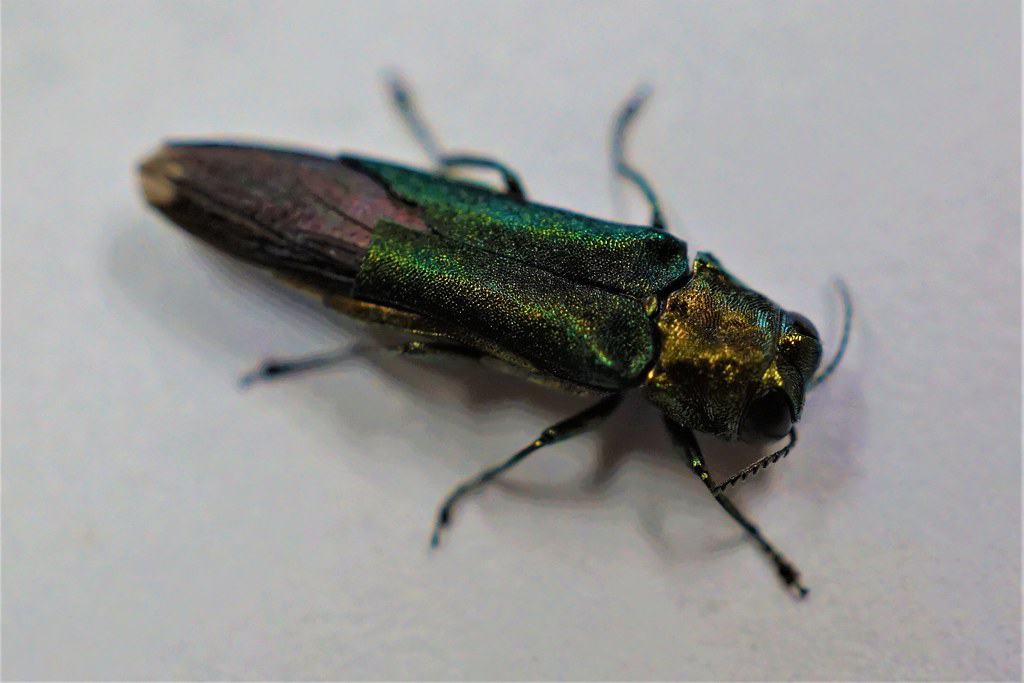
Efforts to control and mitigate the impact of the Emerald Ash Borer include biological, chemical, and silvicultural strategies. Biological control involves introducing natural enemies from the beetle’s native range, such as parasitoid wasps, which prey on EAB larvae. Chemical treatments, primarily using systemic insecticides, can protect individual high-value trees but are cost-prohibitive on a large scale. Silvicultural practices, such as diversifying tree species during replanting efforts, can increase forest resilience to future pest invasions.
The Path Forward

Addressing the impact of the Emerald Ash Borer is a complex and ongoing challenge that requires cooperation among scientists, government agencies, municipalities, and the public. Education and outreach campaigns are critical in preventing the further spread of the beetle by informing people about the dangers of transporting firewood and other infested materials. Continuing research into resistant ash species and innovative control methods offers hope for mitigating the EAB’s impact and restoring some of the ecological functions that ash trees provide. Ultimately, fostering resilient ecosystems through diversity and adaptive management practices will be key in combating invasive species like the Emerald Ash Borer.
- 10 Cities Most at Risk for Natural Disasters - August 10, 2025
- 10 Most Venomous Creatures Hiding in the Ocean - August 10, 2025
- 12 Ways Cats Show Love That You May Not Recognize - August 10, 2025

